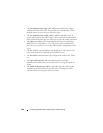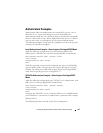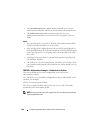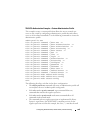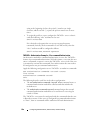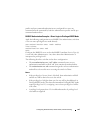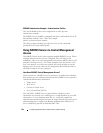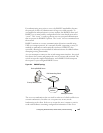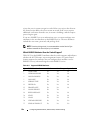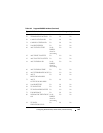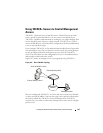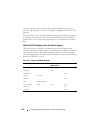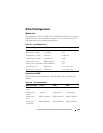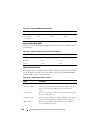
234 Configuring Authentication, Authorization, and Accounting
rejects the user, it returns a negative result. If the server rejects the client or
the shared
secrets
differ, the server returns no result. If the server requires
additional verification from the user, it returns a challenge, and the request
process begins again.
If you use a RADIUS server to authenticate users, you must configure user
attributes in the user database on the RADIUS server. The user attributes
include the user name, password, and privilege level.
Which RADIUS Attributes Does the Switch Support?
Table 10-5 lists the RADIUS attributes that the switch supports and indicates
whether the 802.1X feature, user management feature, or Captive Portal
feature supports the attribute. You can configure these attributes on the
RADIUS server(s) when utilizing the switch RADIUS service.
NOTE: To set the privilege level, it is recommended to use the Service-Type
attribute instead of the Cisco AV pair priv-lvl attribute.
Table 10-5. Supported RADIUS Attributes
Type RADIUS Attribute Name 802.1X User Manager Captive Portal
1 USER-NAME Yes Yes No
2 USER-PASSWORD Yes Yes No
4 NAS-IP-ADDRESS Yes No No
5NAS-PORT Yes Yes No
6SERVICE-TYPE No Yes No
11 FILTER-ID Yes No No
12 FRAMED-MTU Yes No No
15 LOGIN-SERVICE No Yes
18 REPLY-MESSAGE Yes Yes No
24 STATE Yes Yes No
25 CLASS Yes No No
26 VENDOR-SPECIFIC No Yes Yes
27 SESSION-TIMEOUT Yes No Yes



